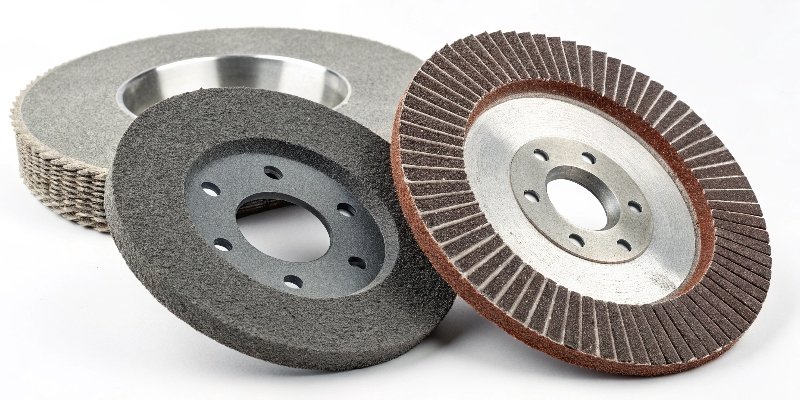
Choosing the wrong wheel wastes money and ruins parts. Poor quality leads to downtime and rejection. A few key checks can guarantee you pick the right one every time.
To judge a grinding wheel, evaluate its grinding ratio (G-ratio) for longevity, the surface finish it produces, its energy efficiency, and ensure its core parameters—abrasive, grit, hardness, and bond—match your specific application for optimal performance.
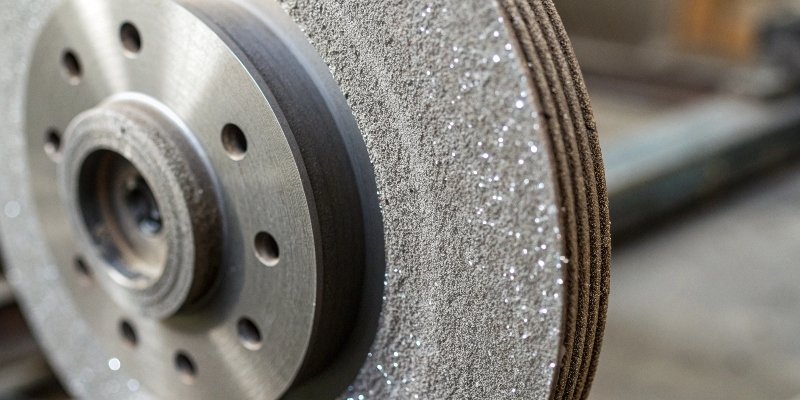
Getting the basics right is crucial for any workshop. But how do you move from a simple visual check1 to a truly deep understanding of a wheel’s quality? It’s not just about looking at it. The process starts with a proper inspection before the wheel ever touches a machine. Let’s break down the steps to ensure you’re working with a top-quality tool from the very beginning. This knowledge is something we’ve built over nearly three decades in Henan, the heart of China’s abrasives industry.
How to inspect a grinding wheel?
A new wheel looks fine, but will it perform? Hidden defects can cause vibration or poor finish. Simple physical checks before you mount it can save you huge headaches later.
To inspect a grinding wheel, first perform a "ring test" by tapping it to check for hidden cracks. Visually check for chips or damage. Then, ensure the label’s specifications match your order and that the mounting hole is precise.
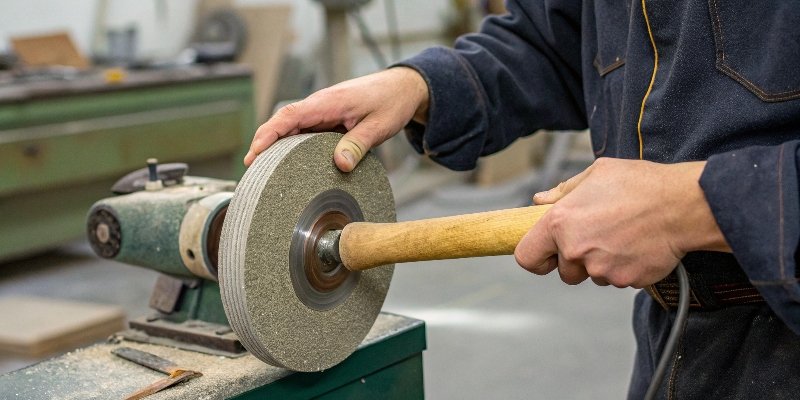
Before a wheel is mounted, a thorough inspection is your first line of defense against poor performance and safety hazards. In my factory, we have strict quality control, but I always tell my partners to double-check. It builds good habits.
The "Ring Test"
This is an old-school method that still works perfectly. Suspend the wheel freely on your finger or a small pin through the center hole. Then, gently tap it on the side with a non-metallic object, like the wooden handle of a screwdriver. A good, undamaged wheel will give off a clear, high-pitched ringing sound. If you hear a dull "thud" or a dead sound, it likely has a hidden crack. Do not use that wheel. This simple test prevents a wheel from shattering at high RPMs.
Visual and Data Verification
Next, look at the wheel closely. Check for any chips on the edges or face, and make sure there are no visible signs of damage from shipping. The paper blotters on each side should be intact. These blotters do more than just carry our brand name; they provide a cushion between the wheel and the machine flanges. Most importantly, check the specifications printed on the blotter against your job requirements.
| Parameter to Check | Why It’s Important |
|---|---|
| Dimensions | Must match your machine’s arbor and guards. |
| Max RPM | Must be higher than your machine’s operating speed. |
| Specification | Abrasive, grit2, and other codes must match the job. |
| Expiry Date | Especially for organic bond wheels; they have a shelf life. |
What is a good way to check the condition of the grinding wheel?
Your wheel is running, but is it efficient? High energy use and frequent dressing mean lost money. Monitoring performance data is the key to knowing its true condition.
A great way to check a wheel’s condition during operation is by measuring its energy efficiency. This is done by calculating the Specific Grinding Energy—the energy used to remove a unit of material. A lower value indicates a more efficient wheel.
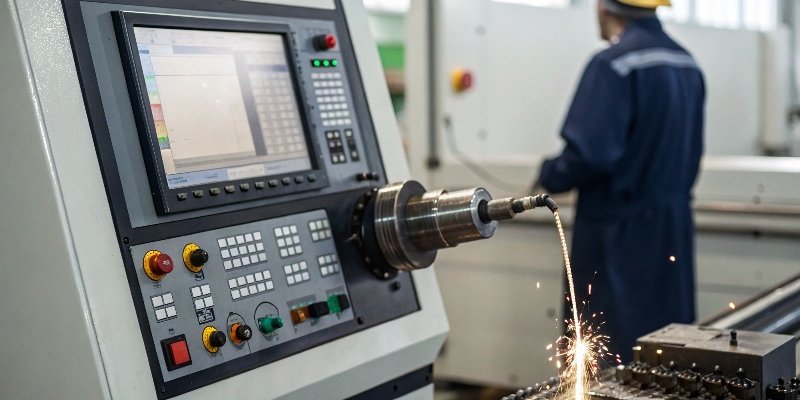
Once the wheel is on the machine, its real condition becomes clear through its performance. You don’t have to just "feel" if it’s right. You can use data. We rely on hard numbers to prove the quality of our RL brand wheels, and you can use the same principles to monitor any wheel in your shop.
Measuring Energy Efficiency
The best metric here is Specific Grinding Energy (SGE)3. In simple terms, this is how much power your machine needs to draw to remove a certain amount of material from your workpiece. A sharp, well-suited wheel cuts easily and requires less energy. A dull, glazed, or incorrect wheel has to work much harder, which draws more power and generates more heat. More heat is your enemy—it can cause thermal damage4 and burn marks on your part. By monitoring your machine’s power draw during a grinding pass, you can get a direct indication of the wheel’s condition. A sudden spike in SGE often means it’s time to dress the wheel or replace it.
Using Modern Monitoring Tools
For high-precision jobs, you can go even further. We use advanced sensors to test our products, and many modern workshops are equipped with them too.
- Force Sensors measure the pressure between the wheel and workpiece.
- Acoustic Emission Sensors "listen" to the high-frequency sounds of cutting.
- Vibration Sensors detect any imbalance or chatter.
This data gives you a complete picture. For example, a sharp cutting action produces a steady acoustic signal. When the wheel dulls, the signal changes. By analyzing these patterns, you can optimize your grinding parameters in real time and predict when the wheel’s performance is about to drop.
| Specific Grinding Energy | Wheel Condition | Result on Workpiece |
|---|---|---|
| Low | Sharp, Efficient | Good surface finish, no burns |
| High | Dull, Glazed | Poor finish, risk of thermal damage |
What are the five factors to consider when selecting a grinding wheel?
So many wheel options, which is right for you? Choosing by guesswork leads to poor results. Understanding five key factors makes selection simple and effective for any job.
When selecting a wheel, consider these five factors: abrasive type (for the material), grit size (for finish), grade/hardness (for wheel life), structure (for chip clearance), and bond type (for wheel strength). Matching these is essential for success.
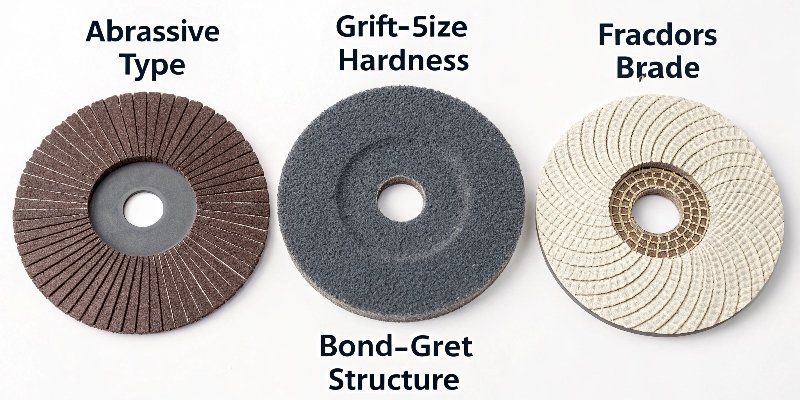
Choosing the right wheel is a science. Over my years in this business, I’ve seen that the most common reason for poor results is a mismatch between the wheel and the application. A grinding wheel isn’t just one thing; it’s a system of five interacting components. Getting them right is the key to efficiency and quality. As a B2B supplier, our job is not just to sell a product, but to help our clients make the right choice.
Here is a breakdown we use to guide our customers:
| Factor | What It Is | How to Choose |
|---|---|---|
| 1. Abrasive | The cutting material (e.g., Diamond, CBN, Aluminum Oxide, Silicon Carbide). | Match the abrasive to the workpiece material. Diamond for non-ferrous, CBN for ferrous, etc. |
| 2. Grit Size | The size of the abrasive particles. A lower number means a coarser grit. | Coarse grit for fast material removal. Fine grit for a smooth surface finish. |
| 3. Grade | The "hardness" of the wheel, or how strongly the bond holds the grit. | Use a hard wheel for soft materials and a soft wheel for hard materials (to allow for self-sharpening). |
| 4. Structure | The spacing between the abrasive grains. Dense or open. | Use an open structure for soft, ductile materials to prevent loading. A dense structure for a fine finish. |
| 5. Bond | The "glue" that holds the grains together (e.g., Vitrified, Resin, Metal). | Vitrified for precision, resin for cutting, metal for durability. Depends on speed and finish needs. |
Understanding these five factors transforms your selection process from a guess into a strategic decision. Always start with the material you are grinding, then consider the finish you need, and then select the other parameters to support those first two choices.
How to determine grinding wheel life?
You keep replacing wheels, and costs are adding up. Is it wearing out too fast? You can scientifically determine a wheel’s life instead of just guessing when it is done.
The best way to determine grinding wheel life is by calculating the Grinding Ratio, or G-ratio. This measures the volume of material removed from the workpiece against the volume of wheel lost. A higher G-ratio means a longer-lasting wheel.
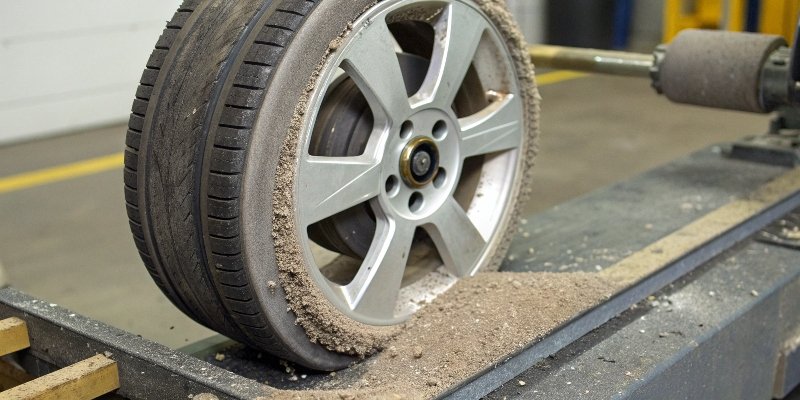
A common question I get from purchasing managers is, "how long will your wheel last?" My answer is always based on the G-ratio5. This is the single most important metric for understanding wheel life and, ultimately, its economic value. It moves the conversation from the initial price of the wheel to its total cost of ownership.
Calculating the G-Ratio
The concept is straightforward. The G-ratio is the volume of material you successfully remove from your parts divided by the volume of the grinding wheel that was consumed in the process.
G-Ratio = (Volume of Workpiece Material Removed) / (Volume of Grinding Wheel Worn)
To calculate this, you measure the workpiece before and after grinding to find the material removal volume. You also measure the grinding wheel diameter before and after to calculate the volume lost. A wheel with a G-ratio of 40 is twice as durable as a wheel with a G-ratio of 20. In our testing labs, we constantly measure the G-ratio of our diamond and CBN wheels to ensure they meet the high standards we promise our international clients.
Beyond G-Ratio: Total Economic Value
A high G-ratio is great, but it’s only one part of the economic picture. A very durable wheel might cut too slowly, increasing cycle time. Or an expensive wheel with a high G-ratio might not be cost-effective for a low-precision job. The ultimate goal is to find the sweet spot that gives you the lowest cost per part. This means looking at the Longevity-Cost Ratio6. A cheaper wheel with a low G-ratio can cost you more in the long run because of a few hidden factors:
- More frequent wheel changes mean more machine downtime.
- More dressing is needed, which wastes both the wheel and operator time.
- Inconsistent performance can lead to more scrap parts.
This is why we focus on producing wheels with both high G-ratios and high efficiency. A good wheel saves you money not just on the tool itself, but across your entire production process.
Conclusion
Judging a wheel involves inspection, monitoring its energy use, correctly selecting it based on five factors, and measuring its life with the G-ratio. This ensures quality, efficiency, and real value.
-
A thorough visual check can prevent costly mistakes and ensure safe operation. ↩
-
Understanding grit size is crucial for achieving the desired surface finish on your workpieces. ↩
-
Understanding SGE helps you monitor wheel efficiency and optimize your grinding operations. ↩
-
Learn about thermal damage to prevent defects and improve the quality of your workpieces. ↩
-
Calculating G-ratio is essential for assessing wheel life and economic value. ↩
-
Understanding this ratio helps you make cost-effective decisions for your grinding operations. ↩
Written by
leeon
You may also be interested in:
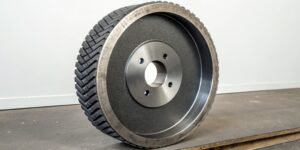
What's the application of CBN Wheels?
Struggling with grinding hard steels? Frequent wheel changes and poor finishes can hurt your bottom line. We have found that CBN wheels provide the durability
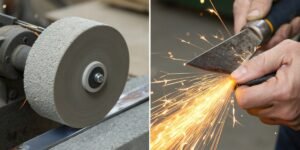
What is the difference between grinding and honing a blade?
A dull blade is a frustrating problem. It slows down production and ruins your workpiece. Using the wrong technique to fix it can cause permanent
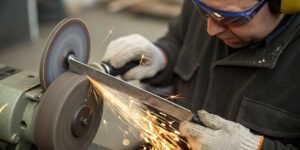
How to sharpen a knife on a bench grinder?
Is your dull knife slowing you down? A bench grinder seems like a quick fix, but you’re worried about ruining the blade. You need a
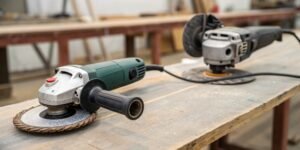
Can you use an angle grinder as a sander?
Your sanding project is tough, and your regular sander is not powerful enough. You look at your angle grinder. It has the power, but is

What is low stress grinding?
Struggling with parts failing due to hidden stress from grinding? This common issue causes cracks and reduces component life, costing you money. Low stress grinding
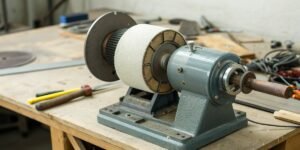
The rotor in my reluctance motored bench grinder won't spin?
Your bench grinder is humming, but the wheel isn’t moving. This frustrating problem can stop your work dead. It’s a common issue, and the fix
